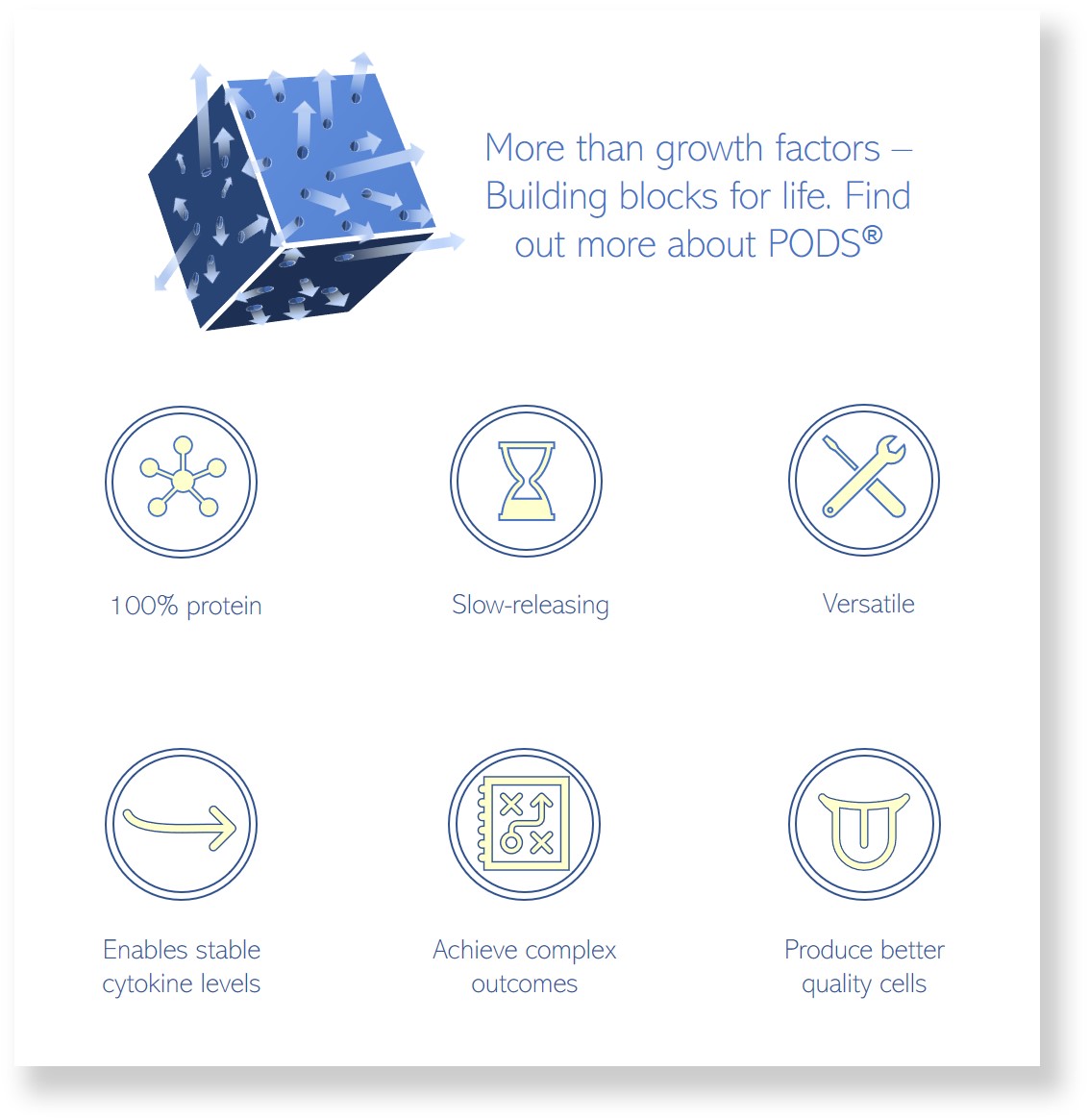Top 10 Molecular Biology Tools

Everyone working in regenerative medicine today is standing in the shoulders of giants. The tools scientists have developed enable progress in the field and the creation of new therapies. Here’s my list of the regenerative medicine’s top molecular tools.
- OSKM – the original mixture of four proteins that allowed, for the first time, any adult cell to be reprogrammed to pluripotent cells (iPSC). Lots of variants have emerged since which work on the same principle.
- Antibiotics – as well as curing diseases, helping to keep cells grown in the lab free from bacterial contamination
- Restriction enzymes – allow bits of DNA to be cut at precise locations and along with other recombinant proteins arguably opened up the field of molecular biology
- Lipid transfection – chemicals that fuse with the surface of cells allowing the introduction of nucleic acids. Electroporation can also disrupt cell surfaces to similar effect
- GFP and luciferase and other fluorescent and luminescent proteins. Using cloning techniques to fuse these proteins to other proteins allows their location to be tracked.
- Antibodies (polyclonal and monoclonal) – widely used in research and therapy. Bind specifically to a target protein revealing location or modifying target function
- CRISPR/Cas9 and variants – for routine modification of precise locations in a genome
- RNAi – degrading RNA to reduce its effect, usually protein production
- Growth factors, cytokines and chemokines – proteins secreted by cells that affect the phenotype or behaviour of the secreting cell of other cells. Recombinant versions allow control and maintenance of cells in-vitro. PODS technology is harnessing the power of these amazing molecules.
- SINEUP – non-coding RNA that specifically binds to target mRNA and boosts protein production
IMAGE “Multidendritic sensory neurons” by balapagos is licensed under CC BY-SA 2.0

